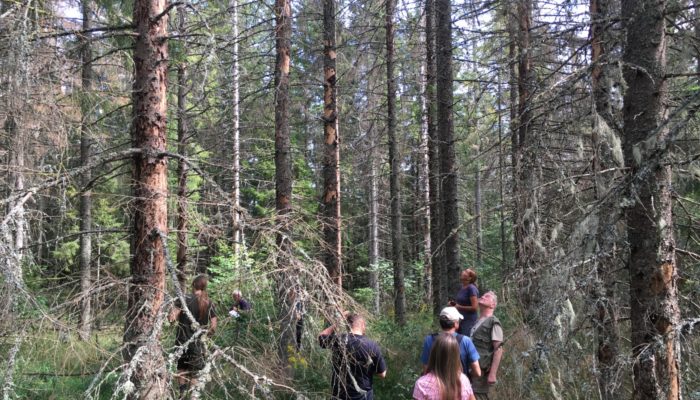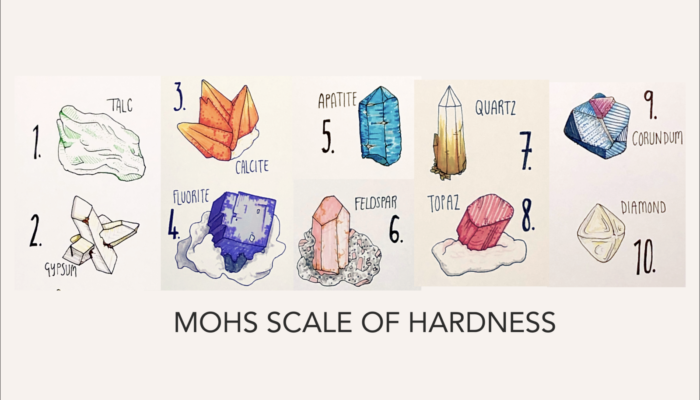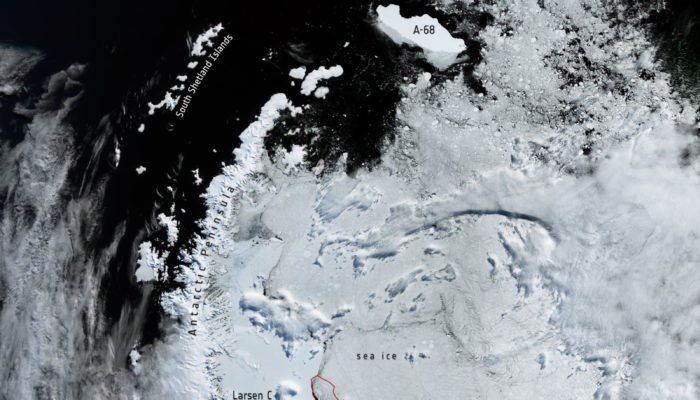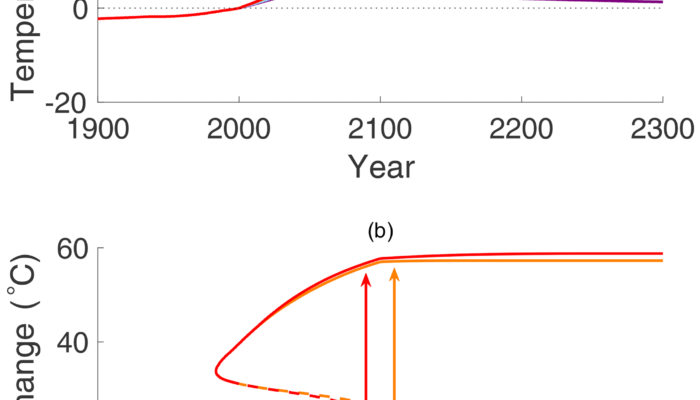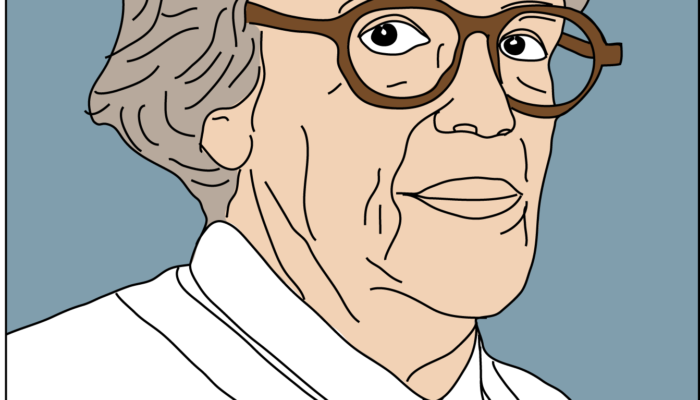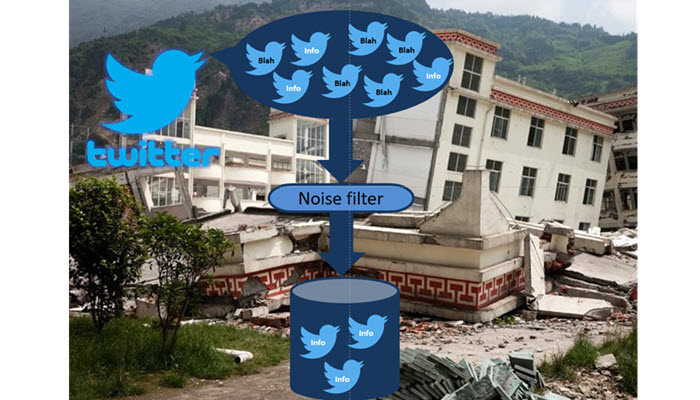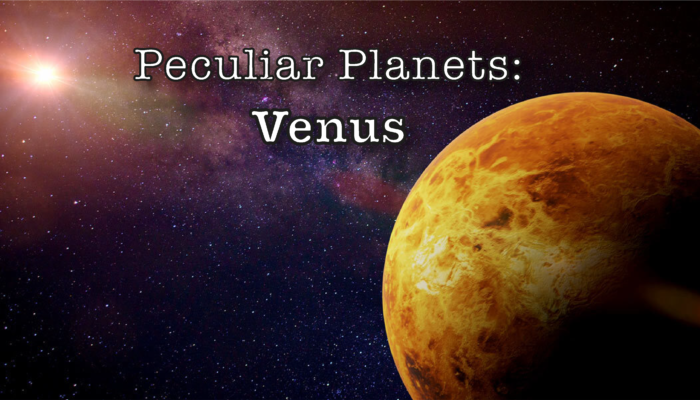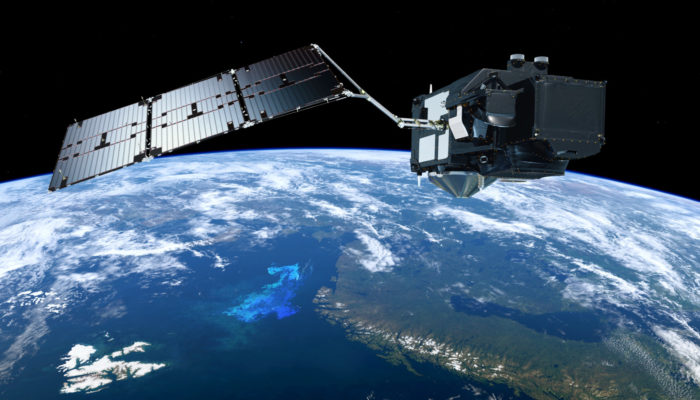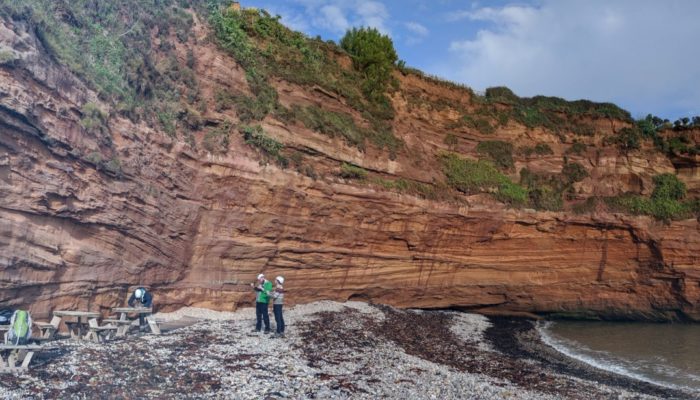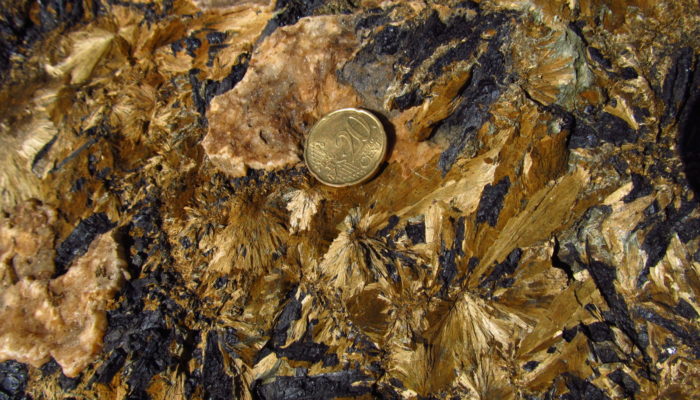We often talk about forests for their importance in climate as a carbon sink and oxygen source. For their great role in the preservation of biodiversity, both for vegetation and as habitat for many animal species, for their potential in recreational activities. However, we do not talk a lot about forests in relation to natural hazards. Indeed, forests can be severely affected by natural hazards. T ...[Read More]
GeoLog
Friedrich Mohs and the mineral scale of hardness
One of the most famous identification methods in the study of mineralogy is the Mohs Scale of Hardness. A comparative scale, based on the hardness of each mineral, it is a way geoscientists can compare minerals to each other and organise them based upon an easily testable physical characteristic. Each level of hardness has a value, from 1 (the softest) to 10 (the hardest) and each number is associ ...[Read More]
Cryospheric Sciences
Climate Change & Cryosphere – A brief history of A68, the world’s largest iceberg
In July 2017, the world’s largest iceberg known as A68 calved from the Larsen C Ice Shelf, located in the western Weddell Sea, Antarctica. Since then, A68 has lost two chunks of ice, A68-B and A68-C, but still remains a giant after more than 3 years. How did it feel to be the greatest, A68? Being the greatest With a length of 175 km and being about 50 km wide, this giant iceberg also appropriately ...[Read More]
Nonlinear Processes in Geosciences
NPG Paper of the Month “Anthropocene climate bifurcation”
The July 2020 NPG Paper of the Month award goes to Kolja Kypke, William Langford and Allan Willms, for their paper “Anthropocene climate bifurcation” (https://doi.org/10.5194/npg-27-391-2020). All three authors work at the University of Guelph, in Guelph, Ontario, Canada. William Langford did his PhD at the California Institute of Technology in 1971 under the supervision of Herbert Kel ...[Read More]
Tectonics and Structural Geology
Ana Margarida Neiva – A woman as hard as granite
Ana Neiva was born on May 7 1941 in Cedofeita, Porto, northwest Portugal – a city carved in granite. Her childhood and youth were spent in Coimbra, where her father worked. João Cotelo Neiva was an eminent geologist and professor at the University of Coimbra, one of Europe’s oldest universities. His influence was decisive for her interest in geology and her scientific career. ...[Read More]
Hydrological Sciences
Do you know about the 3MT competition? What a challenging experience for a PhD student!
Effective communication plays a vital role in our PhD life. We spend significant amount of time working on a desk or in a lab performing our research for many years. However, if we do not effectively communicate our results and ideas to other scientists and researchers, our research will be unacknowledged. Of course, we all learn how to give scientific talks, via PhD concept talks, final defenses ...[Read More]
Geodynamics
Venus: science! Today!
After many (attempted) visits to Venus in an earlier era of space exploration, the focus of terrestrial planet science was shifted towards e.g. our other neighbour Mars. Yet, lately, Venus seems to gain scientific popularity and not without reason – there remains so much to figure out about the puzzling planet. The virtual mini-workshop ‘Venus Science Today’ was held a few weeks ago to bring toget ...[Read More]
Ocean Sciences
Satellite data for ocean reanalysis
To understand the fundamental behaviour of the ocean, and any changes it’s undergoing, we need to know what the ocean is doing today, and on each day in the recent past. We can do this by creating reanalyses, which use data assimilation to combine state-of-the-art models with observations. The focus is often on ocean physics, but we also need to know about the marine ecosystem and carbon cycle. As ...[Read More]
Stratigraphy, Sedimentology and Palaeontology
Who needs stratigraphers, sedimentologists and palaeontologists? Evolving roles through the energy transition.
By Mike Simmons and Andy Davies. It seems that geoscience is facing something of an existential crisis. The September 2020 issue of Geoscientist, the magazine of the Geological Society of London, contains a number of articles on the future of geoscience and its relevance to society. At the heart of the concerns are a drop in student numbers, with total 2019 undergraduate student enrolments down by ...[Read More]
GeoLog
Imaggeo On Monday: Hedenbergite – Ilvaite skarn, Calamita, Island of Elba
In this photo taken on the Isle of Elba in Italy you can see several radiating crystals of greenish Hedenbergite, inter-grown with blackish coloured Ilvaite in skarn bodies. Skarn is an unique formation that formed as a result of the interaction between geothermal fluids and the host rock. In this case the geothermal fluids come from the Late Miocene Porto Azzurro monzogranite, and Mesozoic marble ...[Read More]

